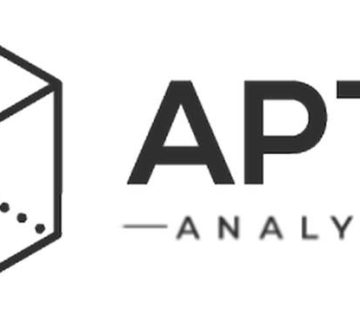The Solana network has not suffered any outages in the last five months and has been 100% uptime since February. The enhanced network performance marks a striking transformation from the previous year when layer-1 network outages caused severe disruptions.
A new report released by Solana Foundation stated that the subsequent upgrades, including the rollout of QUIC TPU, Stake weighted QoS, and localized fee markets, have helped the network to handle high traffic and demand.
Solana Completes One Whole Quarter Without Outage
The foundation mentioned that Solana – run by a group of independent validators around the world – has demonstrated improvements across various performance metrics.
This includes enhancements in ratios of non-voting-to-voting transactions. A voting transaction happens when a validator votes to confirm one or more proposed blocks of information. On the other hand, non-voting transactions are the ones triggered by user behavior on the blockchain.
In the latest report, Solana Foundation said that it expects “to see the ratio of voting to non-voting transactions go down because the overall percentage of voting transactions should drop as the network gets more efficient.”
The block production time – which measures how quickly the network adds more “blocks” to the blockchain – has followed a consistent trajectory besides a spike during the February outage.
Moreover, the average transactions per second on the Solana network remained relatively similar since December 2022. Some volatility was observed, which correlated with high network demand, the foundation’s statement read. The maximum daily transactions per second have been on a steady rise since January. Data from Dune Analytics suggests that the network currently recorded 3,781 TPS as of July 20.
Network Upgrades
The improvements across the metrics were achieved after core developers rol
Go to Source to See Full Article
Author: Chayanika Deka





